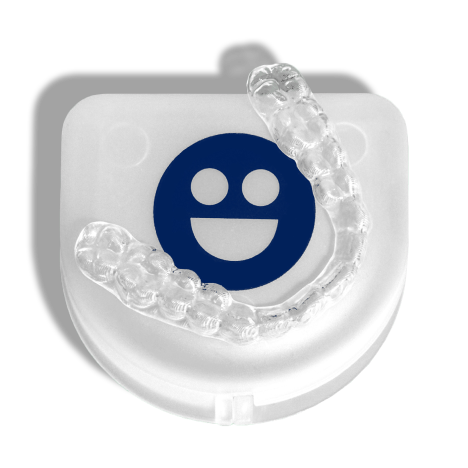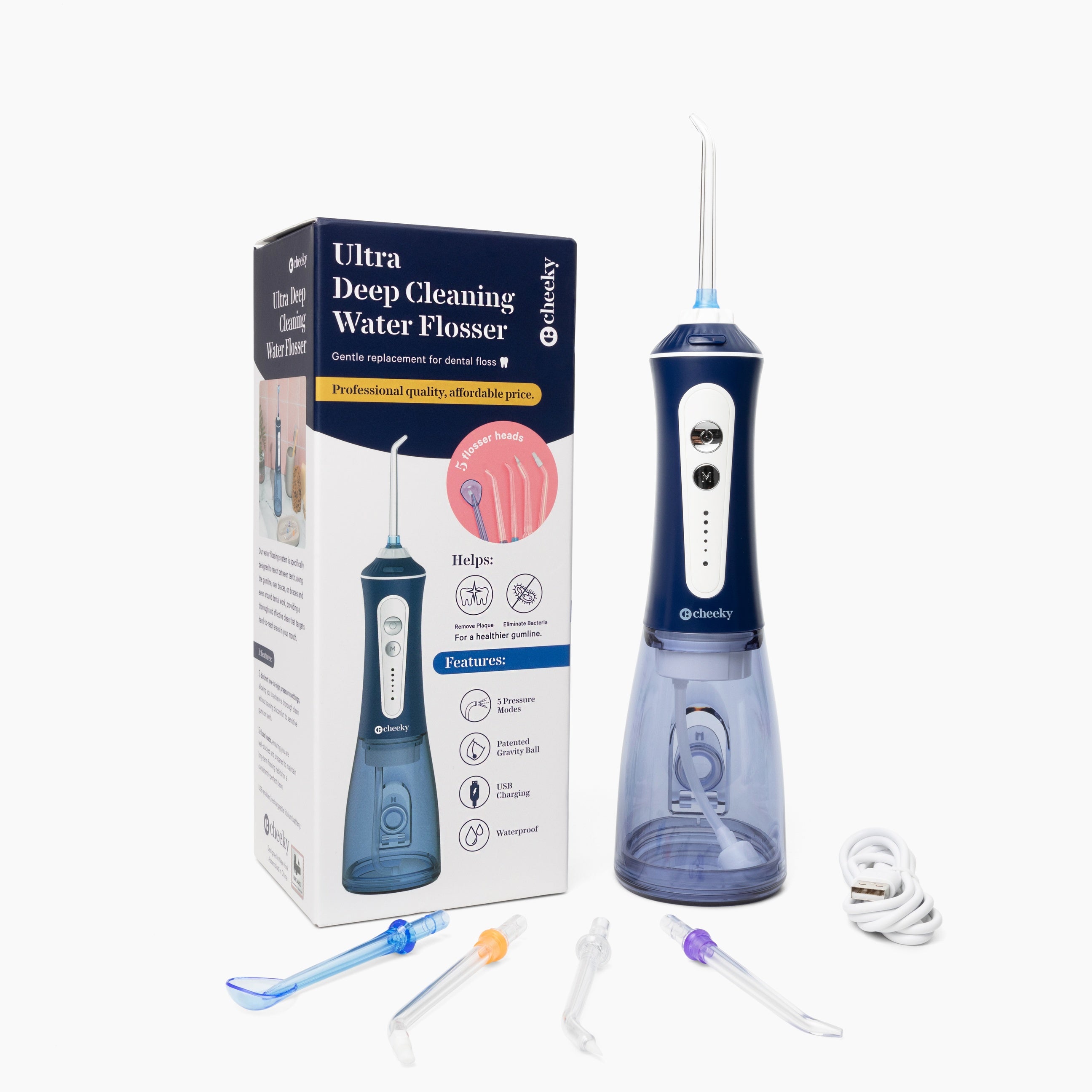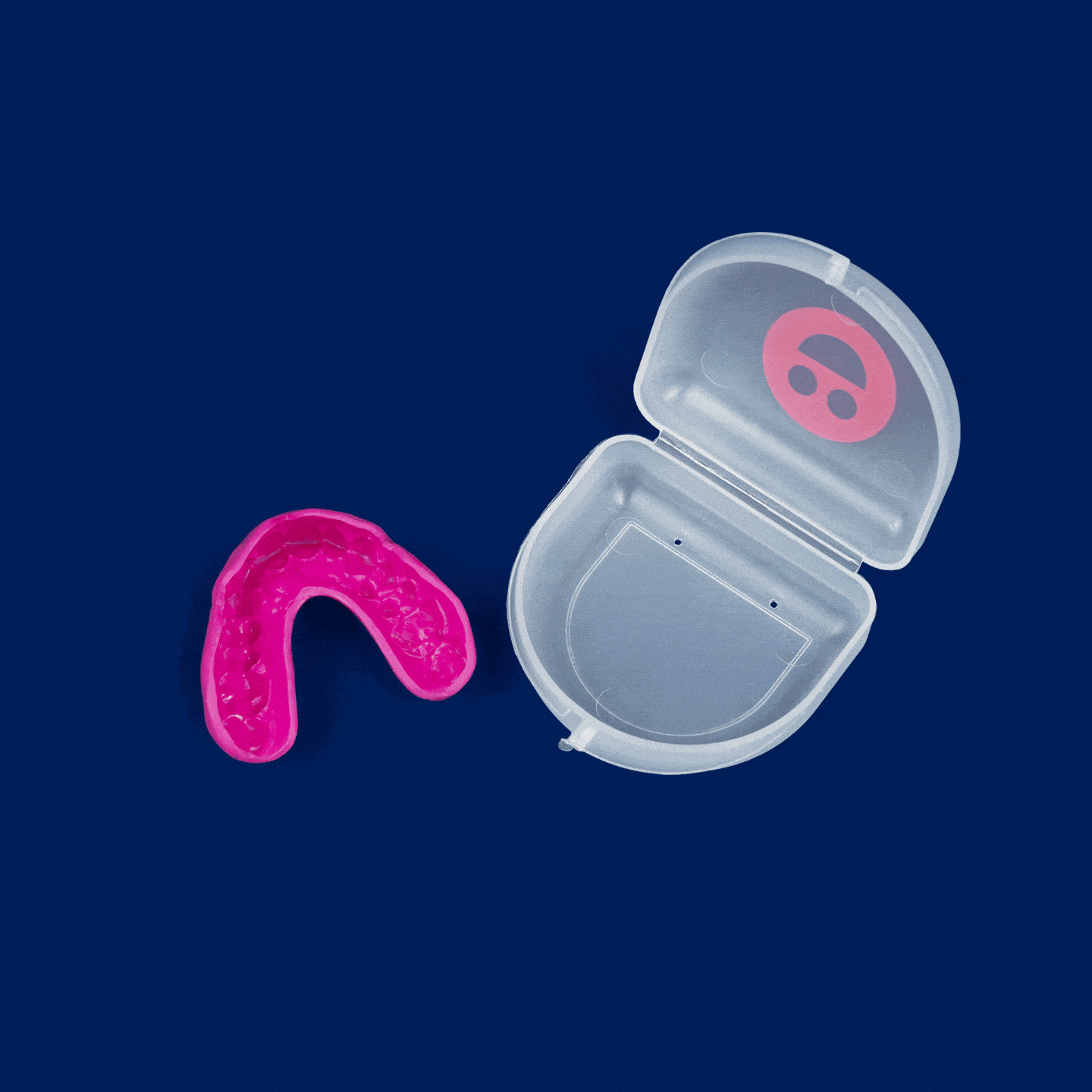The temporomandibular joints or TMJs are located on each side of your jaw. They connect your jaw to your skull and allow your jawbone to move smoothly as your mouth opens and closes. When one or both of these joints are injured, strained, inflamed, or otherwise dysfunctional, a painful condition known as TMJ syndrome or temporomandibular joint disorder (TMD) can develop.
If you experience any of the following symptoms, you may have reason to believe you’re suffering from TMJ/TMD:
- Jaw pain
- Lock jaw
- Click jaw
- Ear pain or aching
- Facial pain
- Neck pain
- Chronic headaches or migraines
- Pain while chewing
- Jaw stiffness
- Tinnitus
Lock and click jaw are two of the most characteristic signs of TMJ disorder. Lock jaw occurs when your jaw locks into place while open, making it difficult or impossible to close your mouth. Click jaw refers to a clicking sound that you may hear when your jaw opens and closes if you have TMD.
There are other potential causes for most symptoms of TMJ/TMD, so it’s important to get an official diagnosis before you start trying to treat the condition. This quick guide is designed to help you understand the process of diagnosing TMJ disorders and the potential treatment options.
TMJ Treatment Starts with Diagnosis
The first step to treating TMJ is to get an official diagnosis and hopefully determine what is causing the condition. Your primary care provider may help with an initial evaluation of the jaw and perhaps X-rays and other diagnostic testing, but in most cases, a dentist will prove the most helpful. Dentists receive extensive training to recognize conditions that impact not only the teeth and gums but also the jaw and surrounding muscles and joints.
The diagnosis process starts with a thorough evaluation of your symptoms and your jaw. Your provider should check the mobility of your jaw while listening for any abnormal sounds or signs of stiffness, soreness, and locking. They may also order one or more of the following diagnostic tests:
- X-rays
- CT scan
- MRI
What Causes TMJ Disorder?
Once an official diagnosis is made, your provider may explore potential causes of the condition. In many cases, effective TMJ/TMD treatment involves relieving the underlying cause.
Some of the most common causes of TMJ disorder include:
- Jaw injury
- Jaw or teeth misalignment
- Teeth grinding
- Jaw clenching
- Chronic stress
- Arthritis
Grinding your teeth and clenching your jaw are among the most common causes of TMJ/TMD and are often the most difficult to treat. Also known as bruxism, teeth grinding is often an unconscious response to stress or may occur while you’re sleeping and unaware.
Best Treatment Options for TMJ Disorder
Once you have a diagnosis, you can start exploring the best treatment options for TMJ disorders. There are a lot of options, including some natural remedies that you can try on your own. It’s best to work with an experienced dental provider who understands how the jaw works and how to treat a variety of TMJ/TMD causes.
The following breakdown will introduce you to some of the most common treatment options. You can try some of them to see if they help relieve your jaw pain and other uncomfortable TMJ symptoms.
Mouth Guard or Oral Splint
A mouth guard is an oral appliance that creates a thin barrier between your upper and lower teeth. You can close your mouth around the guard fully and it will stop your teeth from grinding together. Wearing a mouth guard can protect your teeth from the damage often caused by bruxism, especially if you can pinpoint situations or times when you’re most likely to start grinding your teeth.
If you grind your teeth while sleeping, you may also wear a night guard or bite guard. Often referred to as an oral splint, occlusal splint, or dental splint, these guards are designed for sleep and are comfortable once you get accustomed to wearing one. A custom night guard from a knowledgeable dentist will provide the best protection.
Botox Injections
If you often have sore jaw muscles from teeth grinding or jaw clenching, Botox injections are worth considering. The injections are used to relax your jaw and make it much harder to clench those muscles and joints. It’s not a permanent procedure, but it can relieve pain and tension in the jawline for a short period. You can get routine injections if you find it helpful in treating your TMJ disorder.
Oral Medication
Medication is often used to relieve the uncomfortable symptoms of TMJ. If you suffer from chronic headaches, migraines or stiffness in the jaw, face, or neck, you may take an over-the-counter medication like ibuprofen for pain and inflammation relief. If that isn’t adequate to relieve discomfort, your doctor or dentist may prescribe one or more of the following types of medication:
- Pain relievers
- Muscle relaxants
- Corticosteroids
- Anti-inflammatories
Medication treats the symptoms rather than the disorder itself. You may require other treatments to address the underlying causes of your TMD or to relieve other symptoms that don’t respond well to medication.
Jaw Massage or Stretching
Gentle stretching and massage of the jawline can help ease tense muscles while enhancing range of motion and flexibility. Some jaw stretches can also help improve the strength of the joints and muscles, relieving some symptoms of your TMJ/TMD over time.
If you’re interested in jaw stretching, talk to your dentist or medical provider with TMJ experience. They may refer you to a physical therapist who can instruct you in safe stretch and massage techniques.
Stress Management
Chronic stress is a common cause of teeth grinding and jaw clenching, which in turn can lead to the development of TMJ disorder. Reducing tension and learning how to respond to stress in a healthier manner can naturally relieve some of your bruxism behaviors.
Some of the most common stress management techniques include the following:
- Guided meditation or visualization
- Deep breathing exercises
- Journaling your feelings and emotions
- Therapy or counseling
Get the TMJ/TMD Treatment You Need
If you believe you’re suffering from TMD and want fast relief, contact us to discuss your treatment options. We’re committed to personalized treatment plans that are focused on your unique needs. You don’t have to live with the discomfort that comes with TMJ dysfunction.
The Easy Way to Take Care of Bruxism and TMD
Cheeky makes it easy and affordable to say sayonara to the pain and tension accompanying TMD and bruxism. Never deal with gross night guards again! Our custom nightguards will give you the best night of sleep you’ve had in months.
Pick your plan and customize your nightguard with Cheeky today.











